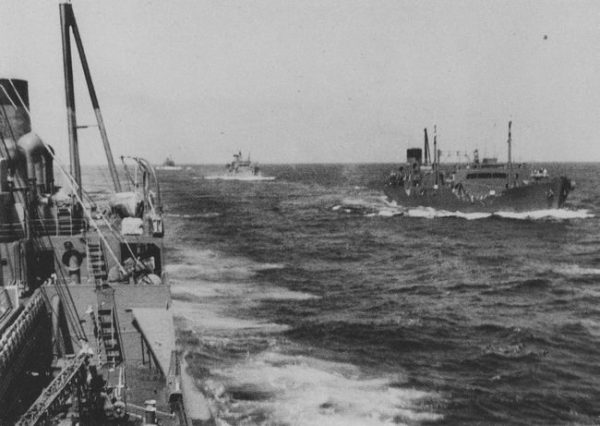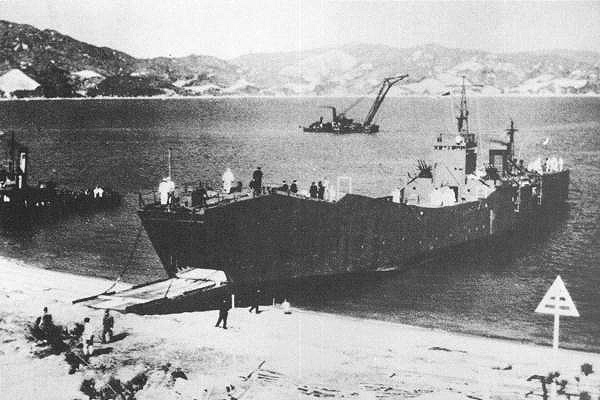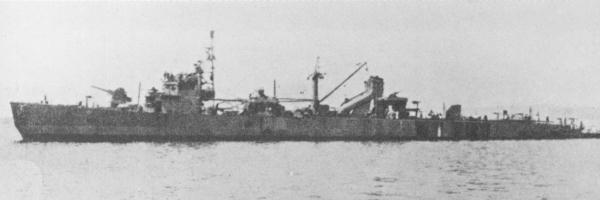TLDR: Using really whatever POD you like (as long as it's remotely plausible), have a Japanese invasion of the Soviet Far East occur sometime between 1936-39. What's the POD? How does it play out? Who ultimately is likely to prevail and why?
IOTL, various subfactions of interwar Japanese military and political life - namely the "Imperial Way" faction defeated in the 2-26 Incident - believed strongly in the merits of the Hokushin-ron ("Northern Expansion Doctrine" or "Northern Road") strategy for economic/territorial expansion. AKA, an aggressive invasion of the Soviet Union designed to absorb Siberian territory for its land and natural resources.
Of course, "Strike North" never really happened. The defeat of "Imperial Way" after 2-26 stripped the IJA bare of many of the biggest proponents of invading the USSR, and the embarrassment the IJA suffered at the hands of the Soviets during Khalkin Gol solidified the conviction that south, not north, was the direction to go. But what if it hadn't happened that way? Suppose that 2-26 hadn't happened, or that the Kodoha faction had gained the upper hand some other way?
I am not interested in fitting this scenario to a particular outcome - how can Japan win? How can the USSR win? etc. -but more interested in the blow-by-blow of how this might have played out. This map purports to offer a general idea of potential Japanese offensives, which seem aimed at a) consolidating Sakhalin and cutting Vladivostok off from resupply/reinforcement; b) seizing outer Mongolia and (probably) vital chokepoints along the Trans-Siberian Railroad, and; c) driving deeper into Central Siberia, where...I guess they'd seek some kind of political resolution with the USSR to carve out Manchukuo-esque client states in the Far East?
Anyways, such an operation (or anything like it) would be, I'd think, fraught with peril for the IJA of 1936-39 for a variety of reasons...but similarly devastating for the Soviets.
Thoughts? And apologies if this is actually kinda Sealion East, I haven't seen a ton of serious discussion of it in the time I've spent on here but could have missed plenty.
IOTL, various subfactions of interwar Japanese military and political life - namely the "Imperial Way" faction defeated in the 2-26 Incident - believed strongly in the merits of the Hokushin-ron ("Northern Expansion Doctrine" or "Northern Road") strategy for economic/territorial expansion. AKA, an aggressive invasion of the Soviet Union designed to absorb Siberian territory for its land and natural resources.
Of course, "Strike North" never really happened. The defeat of "Imperial Way" after 2-26 stripped the IJA bare of many of the biggest proponents of invading the USSR, and the embarrassment the IJA suffered at the hands of the Soviets during Khalkin Gol solidified the conviction that south, not north, was the direction to go. But what if it hadn't happened that way? Suppose that 2-26 hadn't happened, or that the Kodoha faction had gained the upper hand some other way?
I am not interested in fitting this scenario to a particular outcome - how can Japan win? How can the USSR win? etc. -but more interested in the blow-by-blow of how this might have played out. This map purports to offer a general idea of potential Japanese offensives, which seem aimed at a) consolidating Sakhalin and cutting Vladivostok off from resupply/reinforcement; b) seizing outer Mongolia and (probably) vital chokepoints along the Trans-Siberian Railroad, and; c) driving deeper into Central Siberia, where...I guess they'd seek some kind of political resolution with the USSR to carve out Manchukuo-esque client states in the Far East?
Anyways, such an operation (or anything like it) would be, I'd think, fraught with peril for the IJA of 1936-39 for a variety of reasons...but similarly devastating for the Soviets.
Thoughts? And apologies if this is actually kinda Sealion East, I haven't seen a ton of serious discussion of it in the time I've spent on here but could have missed plenty.




